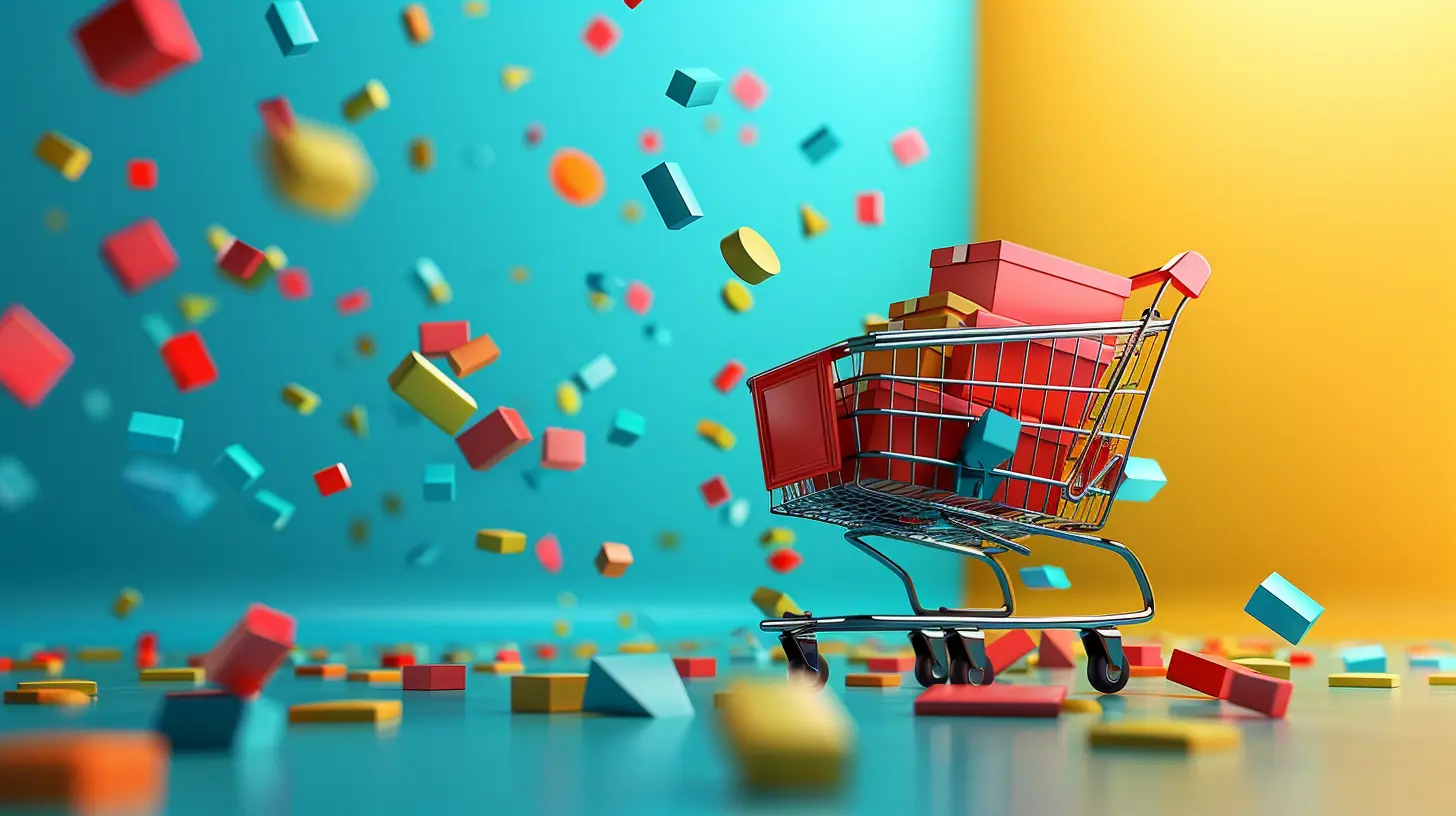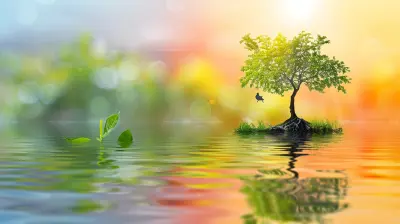Reducing Friction Across the Customer Lifecycle
2 May 2025
Ever been to a party where the host forgot your name and left you waiting at the door? That’s what it feels like for your customers when friction creeps into their experience. Nobody wants to deal with the digital equivalent of a long line or an unwelcoming host. So, as a business, reducing friction across the customer lifecycle is not just a nice-to-have—it’s essential if you want to keep your customers happy, engaged, and coming back for more. Let’s break this down piece by piece and talk about how you can ensure a seamless customer journey full of smooth transitions and fewer headaches. 
What Is Customer Lifecycle Friction (And Why Should You Sweat It)?
Before we dive into solutions, let’s tackle the obvious question: what is friction in the customer lifecycle? Think of friction as those annoying moments that slow customers down or frustrate them during their journey with your brand. It could be navigating a clunky website, waiting forever for a support response, or struggling to find information about your products.And here’s the kicker: even small friction points can lead to big problems. Customers today have sky-high expectations and razor-thin patience. If they hit a roadblock at any stage, they’re more likely to bail and flock to a competitor. Friction doesn’t just hurt their experience—it hits your bottom line.
But don’t worry! When identified and tackled head-on, these friction points can turn into opportunities to build loyalty, improve satisfaction, and boost conversions. 
The Customer Lifecycle: A Quick Refresher
Before we talk about reducing friction, let’s quickly map out the key stages of the customer lifecycle:1. Awareness – This is the moment customers discover your brand. They’re trying to figure out who you are and what you offer.
2. Consideration – Here, they’re weighing their options. They're comparing you against competitors and deciding if you’re worth their time and money.
3. Purchase – This is the big moment when they decide to buy your product or service.
4. Retention – It’s all about keeping them interested and loyal. You want them to like you enough to stick around.
5. Advocacy – Every brand’s dream: customers who love what you do so much that they tell their friends and family about it.
Each stage of this lifecycle comes with its own set of challenges—and its own chances for friction. 
Pinpointing Friction Points Across the Customer Lifecycle
1. Awareness Stage: Stop Making It Hard to Find You
Think about your online visibility. Is it easy for potential customers to find your brand? Or is your website buried on page three of Google search results, like a needle in a digital haystack?Here’s where friction can pop up:
- Weak SEO: If your content isn’t optimized with the right keywords or targeting the right audience, you’re practically invisible.
- Confusing Messaging: If your brand doesn’t have a clear and consistent message, people might not “get” what you’re all about.
To reduce friction here:
- Invest in SEO: Nail down those focus keywords, optimize your website for search engines, and create content that answers your audience’s questions.
- Make Your Messaging Clear: Avoid jargon. Keep it conversational and straightforward. When people land on your website, they should immediately know who you are and how you can help them.
2. Consideration Stage: Don’t Leave Them Guessing
Okay, so they’ve found you. Now what? The consideration stage is all about making it as easy as possible for potential customers to understand what you offer and why they should choose YOU over the competition.Common friction points here include:
- Lack of Trust Signals: No reviews, testimonials, or case studies? That’s a red flag for customers.
- Information Overload: On the flip side, too much information or complicated product descriptions can confuse and overwhelm customers.
To reduce friction here:
- Show Social Proof: Highlight testimonials, ratings, and awards to make people feel confident in their decision.
- Create Comparison Content: If your competitors are doing something similar, create easy-to-digest comparisons that help customers see the unique value you bring to the table.
3. Purchase Stage: Remove Barriers to Buying
Ah, the moment of truth: the checkout process. This is where friction can tank your conversion rate faster than you can say “abandoned cart.”Here’s what causes headaches for customers:
- Complicated Checkout Process: Multiple pages, forms that ask for unnecessary details, or a lack of payment options—these are all dealbreakers.
- Hidden Costs: Surprise fees at checkout leave a bad taste in the customer’s mouth.
Here’s how you smooth things over:
- Streamline the Process: Offer one-click checkout and pre-fill forms where possible.
- Be Transparent About Costs: List shipping costs and taxes upfront, so customers don’t feel blindsided.
- Optimize for Mobile: More people are shopping on their phones, so make sure your checkout page is mobile-friendly, fast, and easy to navigate.
4. Retention Stage: Keep the Spark Alive
You’ve wooed them into making a purchase. Don’t stop there! The retention stage is your chance to build a long-term relationship with your customers. But friction can easily creep in here, too.Common culprits:
- Lack of Follow-Up: If customers hear crickets after their first purchase, they might feel undervalued.
- Poor Customer Support: Slow responses, unhelpful agents, or no support channels at all can sour your relationship.
Your plan of action:
- Automate Follow-Ups: Send personalized emails thanking them for their purchase, recommending products, or reminding them about upcoming deals.
- Invest in Support: Make sure customers can reach out via multiple channels (email, chat, social media) and get quick, helpful responses.
5. Advocacy Stage: Turn Happy Customers into Evangelists
By the time you’ve reached the advocacy stage, you’ve done a lot of heavy lifting to win customers over. Now, let’s make it easy for them to sing your praises!Here’s where friction can stifle advocacy:
- Hard-to-Find Referral Programs: If customers can’t figure out how to refer their friends, they won’t bother.
- No Appreciation: If you don’t acknowledge your loyal customers, they might not feel compelled to share their experience.
How do you reduce friction here?
- Create Simple Referral Systems: Make referral links easy to generate and share. Offer a clear incentive, like discounts or rewards, for both the referrer and the referee.
- Reward Loyalty: Consider loyalty programs, special discounts, and shoutouts on social media to make your customers feel valued. 
Tools and Strategies to Reduce Customer Friction
Want some practical tools to tackle friction head-on? Here are a few ideas:1. Customer Journey Mapping: This helps you visualize every touchpoint in your customer’s journey so you can spot problem areas.
2. A/B Testing: Test different versions of your website, emails, or ads to see what resonates best with your audience.
3. Chatbots and AI: Leverage chatbots to answer FAQs instantly, reducing wait times for your customers.
4. Analytics Tools: Use Google Analytics or heat mapping software to understand where customers drop off and why.
5. Feedback Surveys: Don’t guess what’s wrong—ask your customers directly!
Why Reducing Friction Is a Win-Win
At the end of the day, reducing friction isn’t just about making life easier for your customers (though that’s a big part of it). It’s also about driving business success. Happy customers are more likely to return, spend more, and rave about your products to their friends.Think of it like a well-oiled machine. When all the gears are turning smoothly, everything works better: customer satisfaction goes up, complaints go down, and your revenue sees a nice little boost.
Final Thoughts
Reducing friction across the customer lifecycle is a continuous process—it’s not a one-and-done deal. Customer expectations evolve, technology changes, and new challenges arise. But that’s the beauty of it: every tweak you make to remove friction brings you closer to building a brand your customers trust and love.So, take a close look at your customer lifecycle. Where are the speed bumps? How can you smooth them out? Don’t wait for friction to funnel your customers toward competitors. Be proactive, and you’ll see the rewards in every stage of the journey.
all images in this post were generated using AI tools
Category:
Customer ExperienceAuthor:

Ian Stone
Discussion
rate this article
6 comments
Dixie Shaffer
Great insights! Reducing friction in the customer lifecycle is crucial for enhancing customer experience and loyalty. Your actionable strategies will undoubtedly help businesses streamline their processes and build stronger relationships with customers. Keep up the excellent work in sharing valuable knowledge!
May 16, 2025 at 4:57 AM

Ian Stone
Thank you for your kind words! I'm glad you found the insights valuable. Reducing friction is key to fostering strong customer relationships!
Hawk McPhee
Great insights! Reducing friction is crucial for enhancing the customer experience. It’s amazing how small changes can lead to happier customers and increased loyalty. Excited to see how businesses implement these strategies to make life easier for their clients!
May 13, 2025 at 9:00 PM

Ian Stone
Thank you! I completely agree—small changes can have a big impact on customer satisfaction and loyalty. Excited to see businesses take these steps!
Arwen Klein
Reducing friction throughout the customer lifecycle is essential for enhancing customer satisfaction and loyalty. By streamlining processes, leveraging technology, and understanding customer needs, businesses can create seamless experiences. Prioritizing clear communication and quick resolutions fosters trust and encourages repeat interactions, ultimately driving growth and profitability.
May 13, 2025 at 3:33 AM

Ian Stone
Absolutely! Reducing friction enhances customer satisfaction and loyalty, leading to seamless experiences and fostering trust. Prioritizing streamlined processes and effective communication is key to driving growth and profitability.
Octavia Cook
Kudos to the team for tackling customer friction like a pro! It’s like greasing the wheels of a rollercoaster—smoother rides equal happier customers. Here’s to fewer bumps and more joyful loops in the customer lifecycle. Keep the good vibes rolling!
May 7, 2025 at 10:23 AM

Ian Stone
Thank you for the positive feedback! We're committed to enhancing the customer experience and ensuring smooth journeys ahead. Cheers to more joyful rides!
Anika Alvarez
Great insights on optimizing the customer journey! Streamlining processes is essential for enhancing satisfaction and fostering long-term relationships. Thank you for sharing!
May 2, 2025 at 11:32 AM

Ian Stone
Thank you for your kind words! I'm glad you found the insights valuable for enhancing customer satisfaction.
Lisa Maddox
This article effectively highlights the importance of minimizing friction throughout the customer lifecycle. By streamlining processes and enhancing user experiences, businesses can foster customer loyalty and increase retention. Emphasizing proactive engagement and feedback loops is crucial for continuous improvement and adapting to evolving customer needs in a competitive market.
May 2, 2025 at 5:07 AM

Ian Stone
Thank you for your insightful comment! I completely agree that minimizing friction and prioritizing proactive engagement are key to enhancing customer loyalty and adapting to their needs. Your feedback is appreciated!




